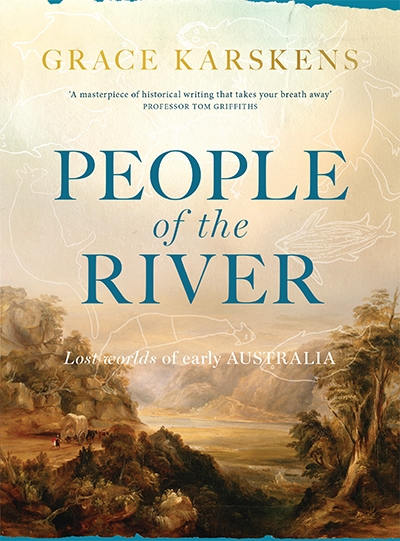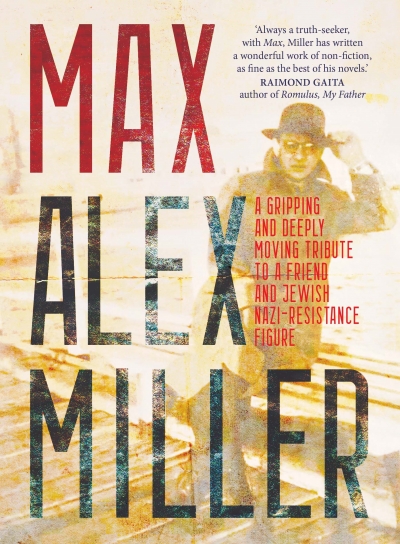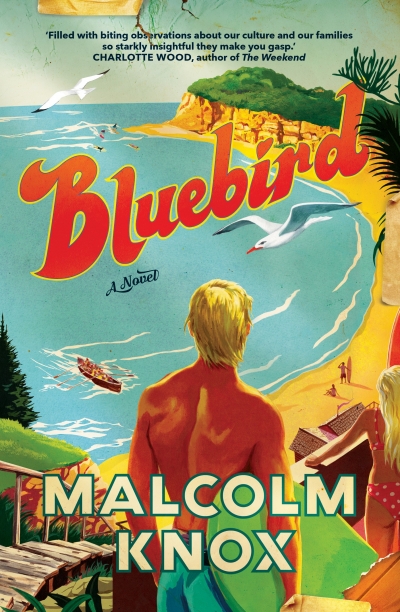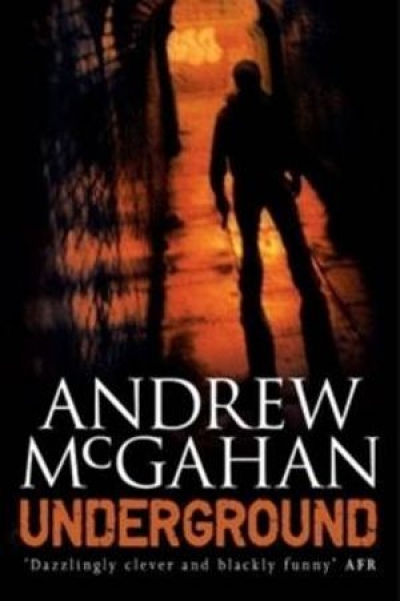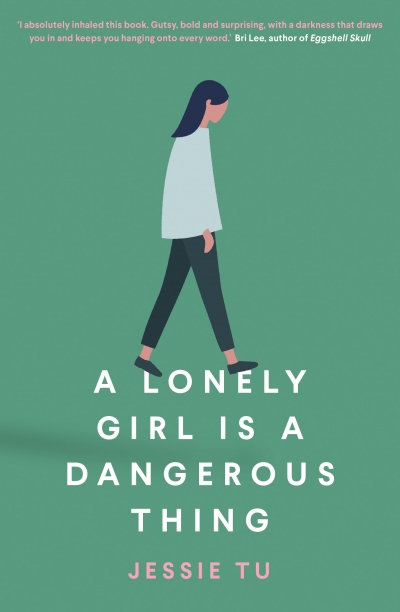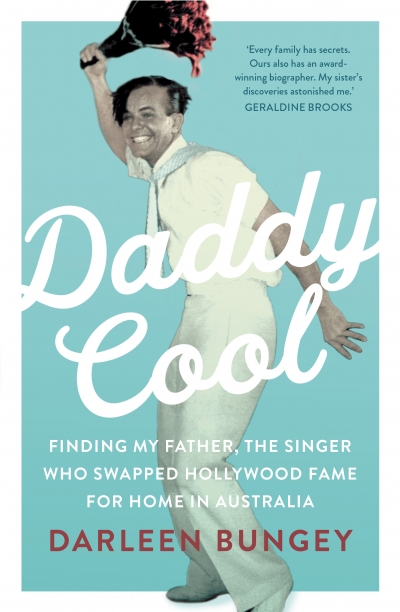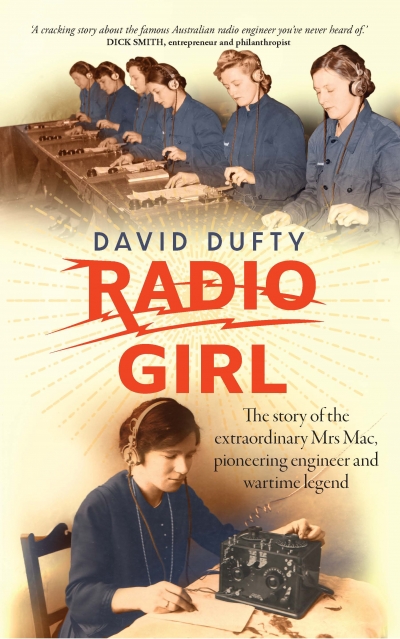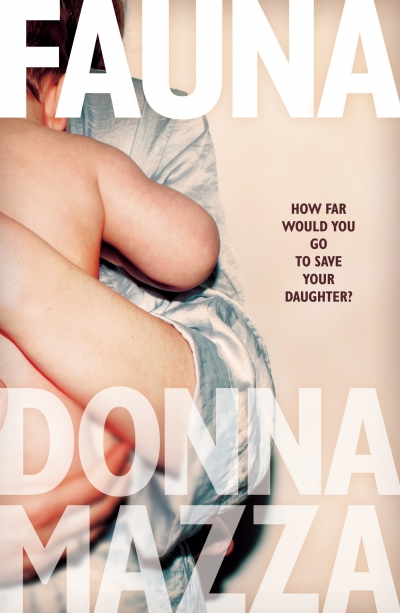Allen & Unwin
People of the River: Lost worlds of early Australia by Grace Karskens
by Alan Atkinson •
Traitors and Spies: Espionage and corruption in high places in Australia, 1901–50 by John Fahey
by Sheila Fitzpatrick •
Daddy Cool: Finding my father, the singer who swapped Hollywood fame for home in Australia by Darleen Bungey
by Tali Lavi •
Radio Girl: The story of the extraordinary Mrs Mac, pioneering engineer and wartime legend by David Dufty
by Jacqueline Kent •
Three new fantasy novels by Alison Croggon, Alison Evan, and Astrid Scholte
by Margaret Robson Kett •
This month’s survey features three bewitching novels from authors intent on transporting younger readers to other worlds. In Alison Croggon’s latest fantasy novel, The Threads of Magic (Walker Books, $19.95 pb, 380 pp), Pip and his sister El are living in a poor but snug apartment in the city of Clarel, bequeathed to them by Missus Pledge. Pip, always on the lookout for opportunities, scoops up a silver box from the sidelines during a street brawl. The opening of this box burdens Pip with an ancient and grisly relic: the shrivelled black heart of a child.
... (read more)
